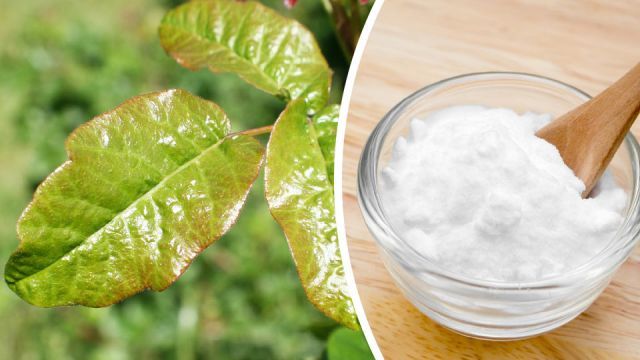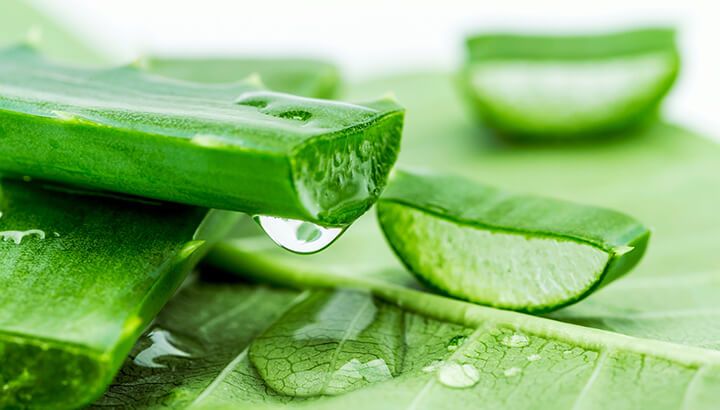
Imagine you’re enjoying a lovely walk in the woods, and before you know it, your skin has broken out into an itchy and painful rash. Sound familiar? If so, perhaps you’ve come across poison oak on your path. Although it is best to prevent this by learning how to identify the plant, once you experience a reaction, you will need to take action to encourage healing.
What is poison oak?
There are two primary varieties with distinct ranges across North America. The first is concentrated mainly in the western region of the United States and Canada, whereas the second manly grows in the south-eastern quarter of the United States.
Whether you are walking in the forest or come across poison oak in your own backyard, remember, “Leaves of three, let it be.” This plant will have an independent stem with three leaflets. However, it is extremely good at camouflaging itself. It is known to blend into the plants around it and will often change color with the seasons.
Once you brush past one of these plants or damage its leaves, an oil is released and absorbed into your skin. The majority of people (approximately 80 to 85 percent of the population) are allergic to poison oak. If exposed, you will begin to notice symptoms after one to six days.
What may start as minor skin irritation can quickly develop into a rash that blisters and oozes liquid. Yeah, gross (sorry if you were just eating your lunch). Although the rash will typically heal in ten to 12 days, some people are affected worse than others.
If you notice that you have a fever, experience facial swelling, have trouble swallowing or any other serious side effect, seek medical attention as you may be having a life-threatening allergic reaction.
How can I treat this horrible rash naturally?
More often than not, you can treat a poison oak rash at home. The moment you believe that you have been exposed, strip down and wash your clothing immediately. Also, thoroughly wash your body and hands. Once the rash surfaces, here are seven natural treatment options.
1. Aloe vera

If you do not have an aloe vera plant in your house, I highly recommend that you get one. Mine has come to my rescue on numerous occasions. Just like you would following a sunburn, apply the gel from a fresh aloe plant to the affected area. Not only will this help soothe the itch, but also speed-up the healing process.
2. Baking soda paste
Being a common kitchen ingredient, baking soda will help lessen symptoms such as itching and swelling. Simply combine one-part water with three parts baking soda. You can then apply the paste directly to the affected area. You can also soak in a baking soda bath or make a baking soda compress.
3. Witch hazel
A natural astringent, witch hazel will reduce inflammation and promote the healing of blisters. This remedy offers soothing and cooling properties, reducing your temptation to itch! Apply liberally and allow the witch hazel to dry completely.
4. Old-fashioned oatmeal bath

If you had the chickenpox as a kid, you likely remember bathing in oatmeal. This remedy will provide similar relief. Simply grind a cup of oatmeal until it is a fine powder. Pour into an old nylon stocking or piece of cheesecloth and tie it to the faucet of your tub. As the water runs, you’ll create a soothing environment to soak in. You can also hold the wet oatmeal pouch directly on the affected area.
5. Apple cider vinegar
Before the rash has a chance to blister, apply apple cider vinegar to the area. The acidity in the vinegar will prevent the rash from spreading as it absorbs the poison through your pores. This remedy will also help dry out emerging blisters so that they do not cause additional discomfort. You can either make a compress, create a paste with baking soda or apply a simple rinse (1:1 water to vinegar).
6. Tea tree oil
There are a number of essential oils that can help remedy a poison oak rash. Of those, tea tree oil offers beneficial properties. Offering antimicrobial properties, tea tree oil heals from within. Since infection is the most common complication associated with poison oak, this is a remedy you won’t want to skip. To enhance the effects, dilute a few drops into approximately 40 drops of witch hazel.
7. Homemade calamine lotion

If you are someone who makes your own creams, lotions and sunscreens, you likely have the ingredients you need to make homemade calamine lotion. This will significantly reduce itching and prevent scratching. You will need some variation of zinc oxide, sea salt, baking soda, bentonite clay, witch hazel (or water) and essential oils, like cooling peppermint. There are several variations of this recipe, so feel free to be experimental and find what works for you.
Ingredients
- 1 tsp zinc oxide
- 1 tsp sea salt
- 1 tsp baking soda
- 2 tsp bentonite clay
- 1 tbsp witch hazel
- 10 drops essential oil
Instructions
- Mix all ingredients except witch hazel and essential oils in a small bowl.
- Slowly add in witch hazel, stirring until a creamy consistency is achieved.
- Add in essential oils, if desired.
- Store in an airtight container or jar and use within two weeks. If using water in place of witch hazel, the lotion will be good for one week.
At the end of the day, nothing beats prevention
Worst case, if you are exposed to this poisonous plant, take a natural approach. But if you live in an area where poison oak is common, it’s important that you’re able to identify it. After all, some people have experienced rashes after walking on the sidewalk. After all, Hippocrates was bang on when he said, “The greatest medicine of all is teaching people how not to need it.”
— Krista Hillis

